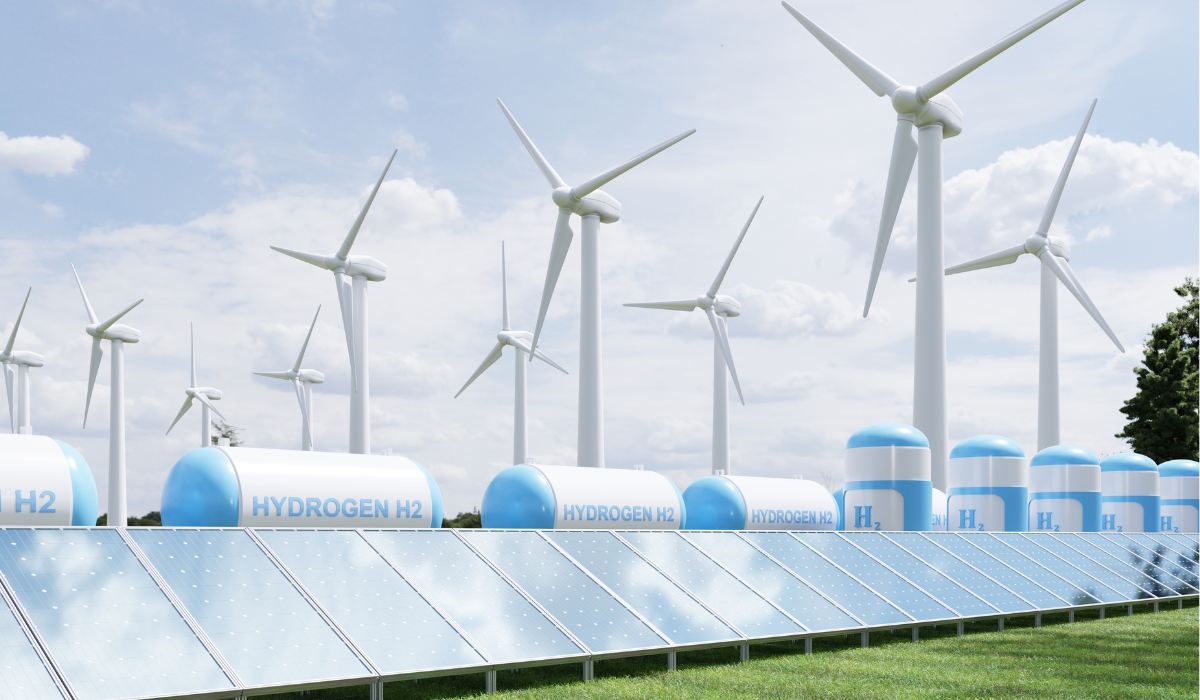Energy storage technologies
Energy storage systems (EOS) become "charged" when they draw energy directly from a source (e.g., a solar panel, wind turbine, solar collector) or indirectly from the power grid.
Energy storage systems (EOS) become "charged" when they draw energy directly from a source (e.g., a solar panel, wind turbine, solar collector) or indirectly from the power grid.
The energy storage systems "discharged" when they feed the stored energy back to the grid or to a directly connected end user. Charging and discharging usually require conversion techniques to obtain the desired type of energy. Thus, the following forms of energy can be used and obtained: chemical, electrochemical, electrical, mechanical and thermal energy.
Energy storage can store excess energy from weather-dependent renewable sources, such as solar PV and wind, until needed - thus enabling the integration of additional renewable energy into the system. ESNL distinguishes 5 energy storage categories: chemical, electrochemical, electrical, mechanical and thermal.

Electricity can be converted into a fuel (gaseous or liquid). The most familiar method converts water via electrolysis into hydrogen. Which is then stored again as gas or can be further processed into other fuels such as ammonia or methane. These fuels can be used as feedstock for the chemical and steel industries, for example.
Applications: particularly suitable for longer-term storage (days to seasons) and for conversion to fuel for mobility, industry or even heat, among other uses. Thus, hydrogen (and derived fuels) can be used for seasonal storage at CO2-free backup power plants, but can also be applied as a fuel in the built environment or heavier road transport.
Electricity can be stored between electrostatic fields (in capacitors or supercapacitors) or in a magnetic field (superconducting magnetic energy storage, or SMES).
Applications: electrical energy storage is mainly used for storing very short-lived power spikes (milliseconds-seconds).
This is the most familiar form of energy storage, the conventional battery. With the rise of mobile devices and electric mobility, this form of storage has undergone rapid development in recent years. As a result, its technical performance has increased sharply, while its price has fallen rapidly. Numerous demonstration projects are also underway with innovative battery systems that, unlike conventional batteries, do not suffer from self-discharge - and, after realizing a cost reduction, are also suitable for long-term storage.
Applications: these systems are mainly used for storage for minutes or hours to a day. The most common (because currently the most lucrative) application is frequency maintenance of the power grid. However, electrochemical storage can also be used for such purposes as balance maintenance in renewable energy generation, self-consumption of locally generated renewable energy, and prevention of congestion on the distribution grid.
This involves converting electrical energy into kinetic or potential energy. For example, in flywheels, by compressing air in underground tanks or caverns or by pumping water to a higher reservoir. The energy is released again by braking a flywheel, expanding the compressed air or passing the pumped water past turbines, respectively.
Applications: Depending on the specific properties of the chosen technology, various applications are possible, from short-term (e.g. for smoothing out peaks in demand) to balance enforcement on longer time scales. The examples opposite show the time scales for which they are suitable.
In this process, a storage medium is charged with energy by heating it (for example, with waste heat, solar radiation or electrically). By allowing the medium to cool, the stored energy is released again. Initially in the form of heat, which, however, can also be converted back into electricity. Examples of storage media include liquids (such as soil water), solids (such as concrete, magnetite or bricks) and materials that undergo a phase change under the influence of heat (ice, salt) or where heat initiates a chemical reaction (between hydrogen and hydride, for example).
Applications: thermal energy storage is applied on a time scale from hours to days and even seasons. The systems used are fed directly from solar or industrial waste heat, for example, but heat can also be generated electrically via a heat pump. In the latter form, this storage technology is suitable for capturing short-term electricity surpluses.